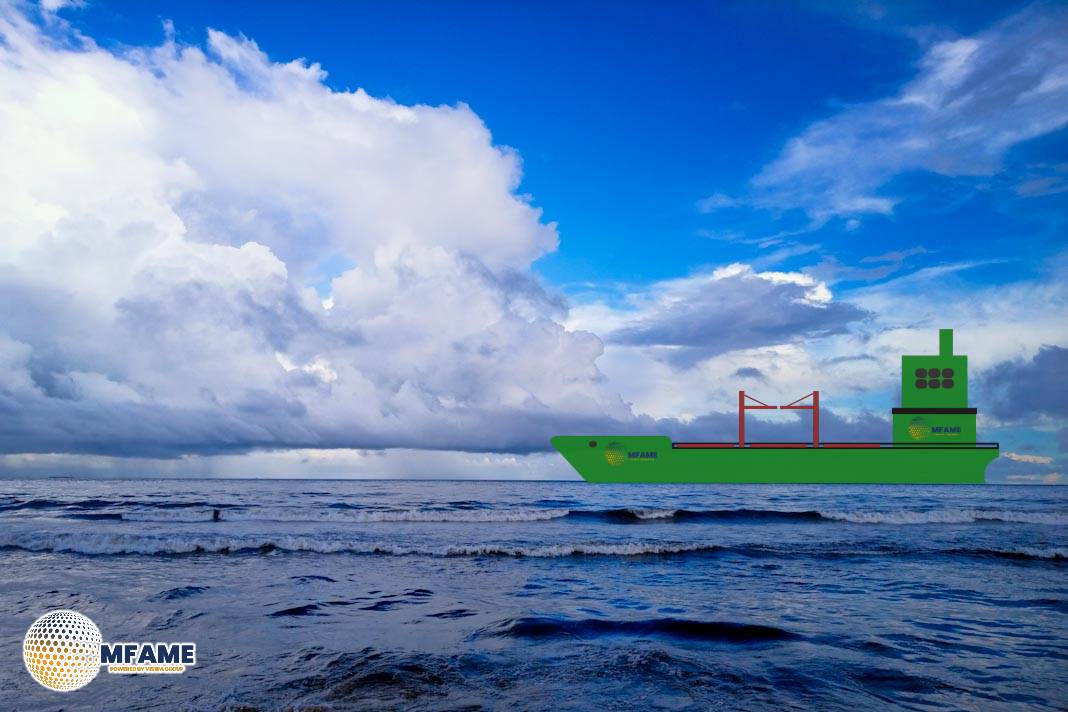Breakwave Advisors highlights that dry bulk newbuilding activity has seen a surprising revival in recent weeks, led by renewed interest from Greek shipowners who have re-entered the market with a flurry of orders. Their latest commitments span Kamsarmax, Ultramax, and Capesize segments, creating short-term momentum that stands in sharp contrast to an otherwise subdued ordering environment throughout 2025.
Recent activity lists have been dominated by familiar Greek players, signalling a brief surge of confidence as yards confirm new Kamsarmax and Capesize projects, alongside fresh Ultramax engagements. This resurgence offers a momentary lift, yet a closer look at the Full-year data reveals a much more conservative tone across the global dry bulk sector.
Only 288 dry bulk vessels have been ordered so far this year—the lowest level since 2016 and far below recent peaks, where annual contracting reached 549 units in 2022, 709 in 2023 and 771 in 2024. While contracting volumes have eased across all major shipping nations, the markedly reduced activity from Greece has been one of the defining contributors to this slow market. Greek owners placed just 26 orders in 2025, accounting for approximately 9% of the global contracting market, with most of the action concentrated in October and November.
Their yard choices further underline how targeted this year’s approach has been. Aside from a small number of projects in Japan, Greek owners have turned almost entirely to Chinese shipyards, drawn by pricing advantages, earlier delivery options, and competitive commercial strategies. One leading Chinese builder secured the majority of these orders, reflecting its growing influence in today’s environment of high costs and stretched delivery timelines. The Greek orderbook now comprises 16 Kamsarmax, 7 Ultramax, and 3 Capesize units, significantly below the 57 vessels added in 2024 and the 141 booked in 2023.
Chinese owners have also scaled back, recording 112 bulk carrier orders this year—less than half of last year’s total. Yet, despite the slowdown, they continue to diversify their contracting across 21 shipyards, covering several vessel classes including Newcastlemax, Post-Panamax, Kamsarmax, Ultramax and Handysize designs. Japan exhibits a similar pattern, with only 32 orders placed in 2025, reinforcing a cautious stance that has steadily deepened over the past two years.
This collective restraint is rooted in a cocktail of regulatory ambiguity, geopolitical tension, and cost pressures. The delay in the IMO’s net-zero regulations has created a vacuum in long-term planning, leaving owners uncertain about which fuels and engine technologies will define the next generation of dry bulk tonnage. Yet, this postponement may offer unexpected flexibility. With negotiations pushed further out, many expect the final framework to support a broader range of compliance pathways, possibly including transitional fuels and retrofit-friendly configurations. Instead of freezing decision-making, this more adaptable regulatory outlook may encourage owners to proceed with plans, confident that modern designs will retain relevance without being cornered by rigid timelines.
Additionally, the temporary relaxation of port-related tariffs has reduced one layer of risk, though elevated newbuilding prices and delivery slots now stretching toward late 2027 continue to discourage aggressive contracting. The market spent much of the year in a climate of hesitation, and those early uncertainties still shape sentiment even as conditions begin to stabilise.
Looking ahead, Breakwave Advisors notes that the groundwork is being laid for a shift in momentum. As regulatory clarity improves and cost pressures cool, a more decisive newbuilding cycle is expected to emerge—not merely as a rebound, but as a strategic repositioning ahead of the next fleet renewal phase. Once key uncertainties settle, dry bulk owners could re-enter the market with significantly more conviction.
Did you subscribe to our daily Newsletter?
It’s Free — Click here to Subscribe!
Source: Breakwave Advisors
























